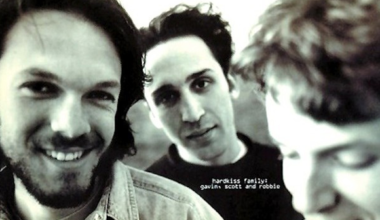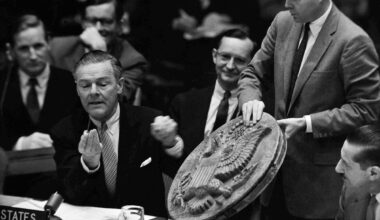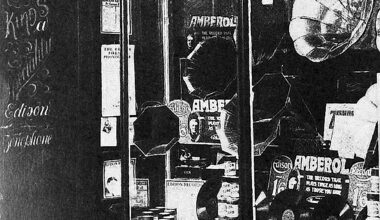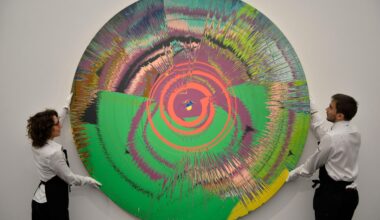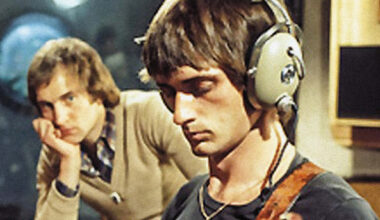When his iconic SP-1200 sampler received a 30th anniversary reissue, designer Dave Rossum took us through the moment he first tested its predecessor and realised he had changed music creation forever with an infinite pee
Want to read more?
Sign up to Electronic Sound Premium to gain access to every post, video, special offers, and more. 100%, all you can eat, no commitment, cancel any time.
Already a premium member? Log in here

